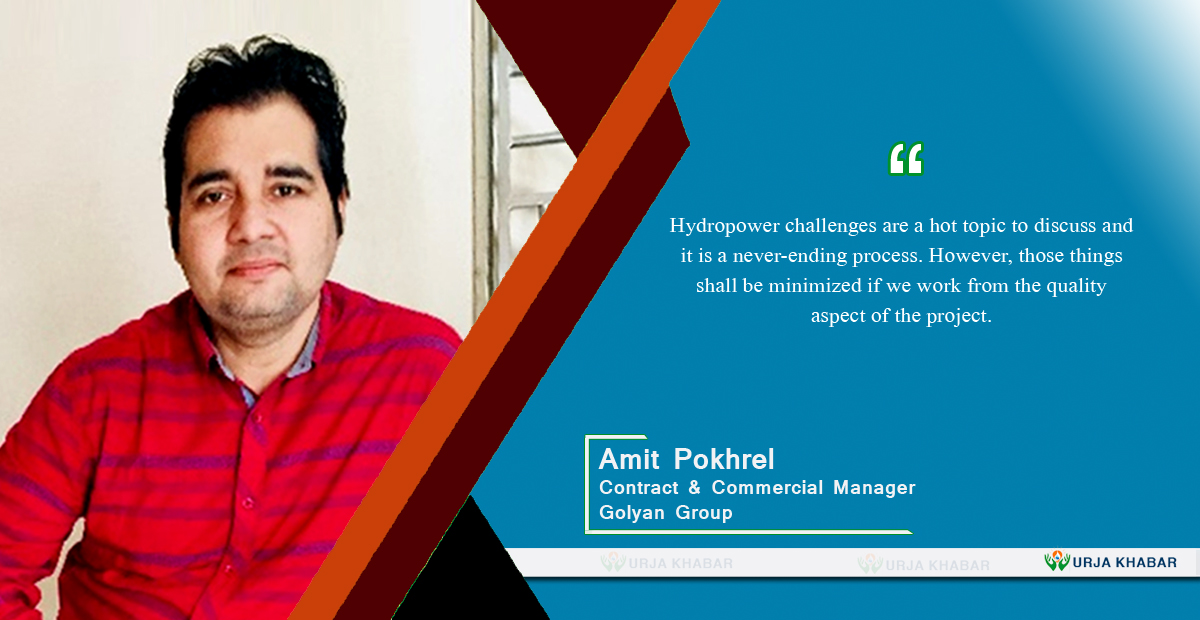
A successful project begins with the employer. As the first member of the project team, the employer identifies the need for a project, established the main goals, selects the other team members, defines the basic allocation of risk among project participants, and communicates the project goals to the other team members. The employer also secures funding and pays for the services of the other participants in the Project who are especially known as contractors and subcontractors.
The employer shall focus on a fast-tracking method, which is not a form of project delivery but is a management strategy that can be used within the delivery system in which the construction of underlying elements before the design is complete for elements that are to be built later.

The coordination of project activities under any method of delivery is essential to the project quality. Coordination depends on the ability of participants to tailor the communication to the project delivery system being used. To help improve the quality of decision-making during the early stages of the project, the Employer may engage the engineering professional before specific objectives have been developed to acquire additional planning expertise in project conceptualization, design, construction, and project management.
The key aspect of pre-construction planning includes the assessment of the Employer’s capabilities, the evaluation of resources available for construction compliance with regulatory laws and guidelines, the completion of any necessary site preparation, and the review of the construction alternatives and contractual arrangements. These planning activities aid the Employer in setting up an effective field organization.

After the contractor is selected, the construction contract documents become the basis of understanding between the employer and the contractor. The contract packages usually include the Employer-Contractor Contract for Civil, EM, HM, transmission lines, petty contractors, general and supplement conditions, project drawings, and project specifications, addenda (addendum) issued before bid closing, the contractor’s bid, a notice of award, performance and payment bonds, insurance certificates, and contract change orders issued as construction proceeds for commencement of work. The contractor is responsible to perform by the terms of the contract and for constructing the project requirements as described in the technical documents. The same goes for the consultant’s selection for the detailed engineering study, updated feasibility study report, and Environment Social Impact Assessment.
The contractors take as a major role as construction begins. The contractor’s activities include determining the means, methods, and sequencing of construction, managing and paying subcontractors and suppliers, initiating and maintaining quality control for construction activities, and meeting applicable codes, permit requirements, and other public agency regulations.
The employer takes an active role in promoting site safety by assigning overall project safety responsibility and authority to a contractor (often the contractor in Nepal) or a specific person from the employer’s side,who is qualified in construction safety principles, rules, and practices appropriate for the particular project or who have the knowledge of OSHA Principles.
The contractor ultimately depends on the Employer for the review and approval of completed construction. The employer engineers are responsible for all the construction supervision and project management activities and are typically engaged in providing technical services, clarifying the contractual correspondences to contract documents, reviewing change orders and submittals, as well as reviewing and approving completed construction on behalf of the Employer.
The Contractor is usually required to submit information for review and approval by the Employer. Known as submittals, the information may include:
• Contract Compliance documentation,
• Schedules,
• Quality Control Plans,
• Cash-flow Estimates,
• Health and Safety Plan,
• Structural Component-Shop Drawing,
• Equipment Shop Drawing,
• Mechanical and Electrical component shop drawings,
• Performance date for equipment assemblies,
• Drawings for temporary constructions,
• Vendor and materials submittals,
• Progress reports and review reports,
• Results of independent testing,
• Other necessary submittals during the construction of the projects
The preparation and initial approval of submittals is the responsibility of the Contractor, assisted by supporting suppliers, equipment manufacturers, and subcontractors, including detailers and fabricators.
In administering the construction contracts, the employer is responsible for fulfilling contractual obligations to the contractor and focusing on issues that directly affect project quality, particularly those related to the quality of materials, craftsmanship, skills, and safety. However, contractor’s contract administration does not extend to actually managing the construction, which is the responsibility of the Contractor. It is the party who has to follow the contractual provisions based on the agreements.
The successful construction supervision and project management lies in the Employer’s Project Representative who shall govern all those sites and projects' responsibilities to lead the project into a new shape. Other supporting team members shall coordinate with the project managers to furnish the project requirements with complete coordination by the Project Representative.
The operation and maintenance of a completed project are derived from and closely associated with the level of quality in the design and construction process. Even if the design and construction proceed smoothly, the overall quality may suffer if the project is costly or cumbersome to operate and maintain. Operation and maintenance characteristics affect a project’s service reliability, durability, efficiency, and life-cycle costs, as well as the environment, public health, user safety, and other external aspects of the completed projects.
In addition, another main crucial to project activity is the project quality based on quality assurance and quality control which shall not be compromised by not focusing on preparation of the method of statement and material approval required from the employer’s perspective. Similarly, for the complex designs for all civil, electro-mechanical, hydro-mechanical, and transmission lines, SCADA systems were used mostly on the electrical and mechanical suppliers where computer internet and intranet are required. Software is required to operate the system.
Also, we shall not forget that all constructed projects involve risks. Those risks may be grouped into four general categories- safety, financial, professional, and legal. The participants benefit from identifying potential risks and liabilities, developing a clear and fair plan to allocate and manage them, and securing insurance where appropriate before making commitments to other parties. While disagreements are natural in work situations, the selection of mature team members, the alignment of common interests, and the fair allocation of risk can help minimize the adverse impact of conflict.
In furtherance to that, value engineering is a structured, utilitarian methodfor reviewing and enhancing project design. It involves a unique and detailed process, known as function analysis, that gauges the value of individual project elements. The objectives of the value engineering process are to identify alternatives that will maximize the relationship of function, performance, and quality to cost.
In conclusion, hydropower challenges are a hot topic to discuss and it is a never-ending process.However, those things shall be minimized if we work from the quality aspect of the project. When the project teams work together to fulfill their responsibilities to complete the project objectives in a manner that satisfies the requirements of each participant, then most of the criticality and hurdles would be controlled.
Although hydropower is the nation’s newest form of renewable electricity source, many actions and efforts remain critical to the further advancement of domestic hydropower as a key energy source of the future. These include continued technology development that lowers costs and the availability of market mechanisms that take into account the value of the grid services, air quality, and reduced emissions that hydropower provides.
Both the public and private sectors will need to be involved to achieve a meaningful outcome. Supportive policy environments will be necessary for success, even with sufficient financial investment.
Carrying out the roadmap actions will usher in a new era of growth in sustainable domestic hydropower while protecting the nation’s energy, environmental and economic interests.
References
1. Power Magazine for the Renewable Energy
2. Article: 5 Countries producing more hydropower
3. Sustainable Development Goals: how does hydropower fit in?
4. Hydropower Vision: New Report Highlights Future Pathways for U.S. Hydropower | Department of Energy
5. Hydroelectricity – Analysis - IEA
6. Hydropower in the Context of Sustainable Energy Supply: A Review of Technologies and Challenges
7. Hydropower in the Context of Sustainable Energy Supply: A Review of Technologies and Challenges (hindawi.com)
8. Paper.PDF (ieahydro.org)
9. INTRODUCTION (usbr.gov)
Mr. Pokhrel is Project Contract Expert, Energy Division, Golyan Group; Kathmandu, Nepal
